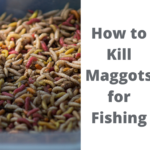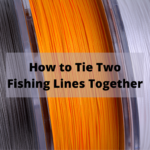Beginners Guides
What is Mask Fishing

**What’s Mask Fishing?** – Hunting for fresh dating ideas? You might have stumbled upon mask fishing while scrolling through social media. Ever wonder what mask fishing is all about and why it’s getting so much buzz? Want to know the perks of mask fishing? Is it just a way to hide those nerves or doubts about ourselves? Plus, could it be making things trickier in the love game? Stick around to find out! – How is mask fishing different from old-school dating vibes? And how do you spot it? This will grab the curiosity of anyone eager to navigate the modern dating scene, offering a sneak peek into a trend that’s shaping how we look for love today. Keep going to unlock the secrets!
Mask Fishing Is a Social Media Phenomenon
Mask fishing is a trend that has spread through social networks such as Snapchat and TikTok and is based on the concept of catfishing, where people misrepresent their identity to get a hookup. Many people wear masks for protection, safety, or fashion purposes, but some leave them on for hilarity. Whether for fashion or health, many young people have become used to color-coordinate their masks with their outfits.
It’s a Way to Cover up Insecurities
Wearing a mask has many benefits but creates a new type of insecurity. It’s been called “mask fishing,” and is often associated with a person who uses a mask to appear more attractive to others. However, this practice can lead to health problems and insecurity. Here are some reasons why people wear masks to cover up insecurities.
First and foremost, masks can be a protective tool. People who wear masks are often transgender and have no other way of hiding their insecurities. However, it is essential to be honest about what’s going on with you. If you’re shy, don’t try to cover up your insecurities by acting like a fifteen-year-old.
It’s a Way to Catch Fish
If you love catching fish, you might have heard of mask fishing. You may also be wondering what it is. In short, it is fishing while wearing a mask. But what exactly is mask fishing? And why is it so popular? Read on to find out. Here are a few things to know about mask fishing. First, let’s define mask fishing. The term “mask fishing” is derived from the fact that the person who is fishing is wearing a mask.
As a teenager, wearing a mask has several benefits. First, it’s a great way to hide your face from the world, but it also creates a new form of insecurity. Many people think they look better with a mask on than without, but that’s not always the case. One 17-year-old student describes her experience in the video below. Secondly, it has created a new dating dilemma: people may view you differently if you wear a mask.
It’s a Dating Dilemma
While restrictions on wearing masks have eased worldwide, teenagers have found themselves in the middle of a new dating dilemma. Teenagers must decide whether they look better wearing a mask or without one. However, it’s not as simple as that. One girl posted a video on her Instagram account of a date commenting on her appearance. “I’m terrified of being judged by someone because I’m wearing a mask,” she wrote.
Some people are caught up in the practice of “mask fishing,” a trend that has taken over dating apps. The method of wearing a mask on public transportation is similar to catfishing, which involves eye-flirting strangers wearing masks. This practice has caused some dating apps to implement a “No Maskfishing Mandate,” which forbids people from wearing masks to attract dates.
It Reduces Bycatch
The reintroduction of mask fishing is one way to limit bycatch. The aggressive fishing approach has resulted in many animals’ accidental capture. Approximately 20 to 25 percent of the fish caught are discarded, and the bycatch that remains entangles about 300,000 animals yearly. According to the World Wildlife Fund, bycatch is the biggest threat to sea turtles. Therefore, any method that reduces bycatch must be highly effective and sustainable.
The process of sorting the fish caught during fishing is inefficient. Bycatch costs fishermen time and energy. It requires them to drag the added weight through the water. Additionally, they must spend much energy and time sorting their catch. Even if they are successful, many fish they throw back will die later anyway. Thus, a solution to bycatch should be devised by scientists.
Phil loves fishing. He started fishing with his grandpa behind the house in the early morning when he was a kid. Phil is now the Editor-in-Chief of Fishing Eureka, and he still enjoys getting up before dawn to wet a line. There’s nothing like the peace and quiet of being out on the water at sunrise, and Phil always takes advantage of every opportunity he gets to spend time fishing.

Beginners Guides
What is Magnet Fishing?
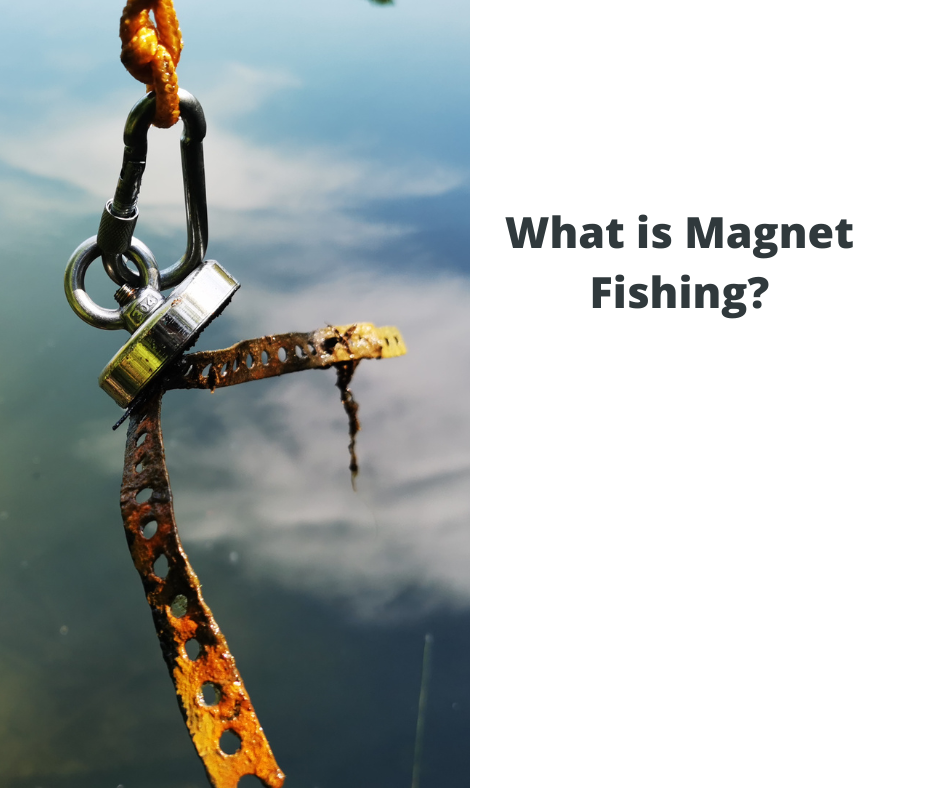
Interested in magnet fishing? You’ve found the right place. It’s a fun hobby that not only entertains but also aids in cleaning our aquatic environments, plus there’s the potential to make a little money! Keep reading to discover more. This activity is increasingly becoming popular among hobbyist fishers. It’s earning acclaim for its positive impacts, and you can join in as well! In this article, we discuss the basics of magnet fishing and offer tips on how to get started.
What Is Magne Fishing? – It’s a Fun Hobby
Magnet fishing is a popular hobby in the UK, but there are certain precautions you should take. While it is not explicitly illegal, magnet fishing can be dangerous, especially when handling heavy objects. Always use due care when handling items. In some areas, it is unlawful to magnetize things. If you find a grenade, unexploded bomb, or live ammunition in the water, you should call the police and report the find.
If you aren’t sure if you can find metal, try looking in old waterways or riverbeds. If you’re lucky, you might find a piece of jewelry or a vintage bike, but you’ll likely have to settle for something else if you’re not lucky. Using a magnet will help you distinguish metal objects from a piece of jewelry or another object.
It’s a Way to Clean up Waterways
You’ve heard about magnet fishing, but what exactly is it? Well, it’s a fun and creative way to clean up waterways without getting wet! With its magnetic properties, you can find various objects that stick to metal. Generally, these objects are manufactured, but rocks containing iron ore may also adhere to a magnet. What you find will depend on where you’re fishing. For example, you might find lug nuts if you’re fishing near a busy road or railroad bridge. But whatever you find, remember that the point of magnet fishing is to help clean up the waterways and spend time on the water.

In addition to trash, magnet fishing has many benefits. Most waterways contain metal and other trash, and the activity helps clean up these waterways. But magnet fishing also poses some dangers, and authorities have warned that this activity could be dangerous. Some channels have relics of war. As such, it is essential to dispose of these items properly. It is important to remember to wear gloves when you’re cleaning up.
It’s a Way to Connect with Nature
Magnet fishing is a new hobby that can be a great way to get in touch with nature. This sport is not only exciting, but it can also help to clean up waterways and contribute to the cleanup of the environment. Many magnet fishermen say that they enjoy the challenge of finding a new catch each time, and they can even see the difference their efforts are making in the environment. But before you get started, here are some tips and ideas.
First, knowing how to safely and effectively fish for magnets is essential. Most fishermen are very handy and can learn new hobbies. Secondly, the metals they find can be used to make a new bike, so you can reuse them again. Lastly, magnets are helpful for many other things, so if you find a metal object, do not throw it away. Whether it’s an old bike or a car, you can use it to create a new piece of jewelry or a new bicycle.
It’s a Way to Make a Small Profit
If you have a passion for magnet fishing, you can sell some of your finds online and make a few bucks. There are many YouTube videos; you can display ads to generate revenue if you make them yourself. You can also sign up for an affiliate program such as Amazon to earn money when someone purchases through your link. You can create a YouTube video in a matter of minutes and make some extra money.
You can make money from magnet fishing by selling scrap metal and other valuable items. People use keywords to find their favorite channels on YouTube, so you should include keywords in your video description. It may take a little time to build up a following and traffic, but once you have an established channel, you can begin earning. YouTube will pay $4 per thousand views. However, you may not make as much as you would with a traditional job or hobby.
Beginners Guides
How to Tie Two Fishing Lines Together
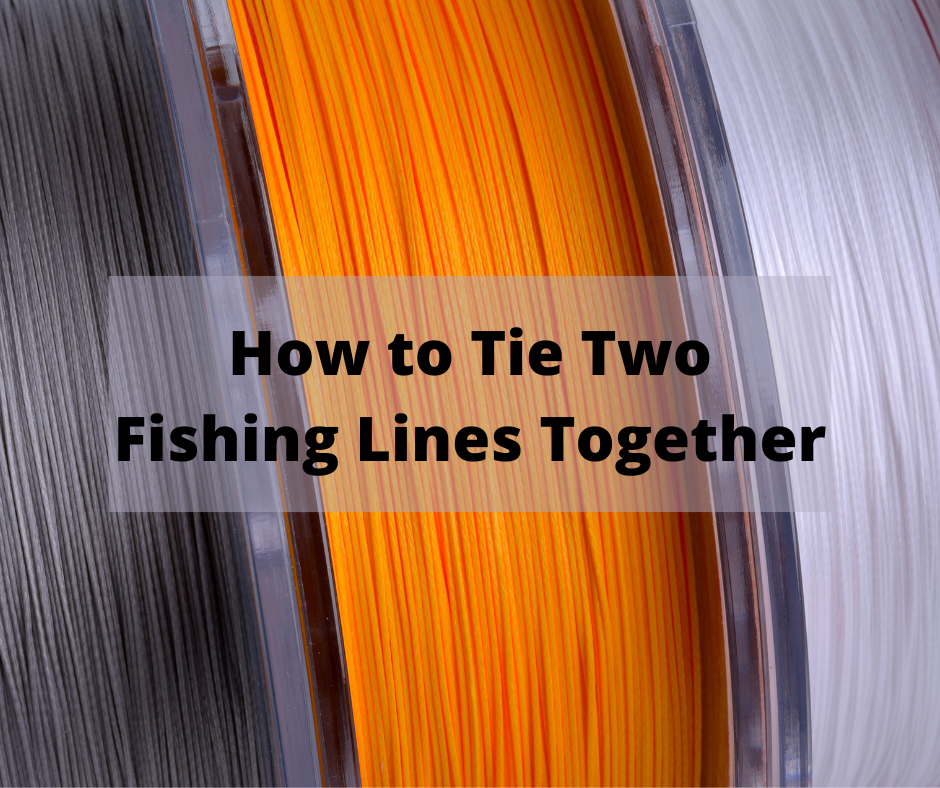
If you’re a beginner in the world of fishing and wondering about the most effective method to tie two fishing lines together, here are a few tips on how to do it successfully:
Albright Knot
The Albright knot is a simple method for tying two fishing lines together. It is also called the Albright Special and was invented by Captain Jimmy Albright in Islamorada, Florida. The Albright knot is also a staple of the Ultimate Fishing Knot Guide. It is a simple yet effective method for tying two fishing lines together. It should be wrapped neatly around the other cord to make the knot stronger.
Make sure the loops of the two fishing lines sit next to each other. If the fishing lines are thin, ten loops are sufficient. For thicker cordage, however, 15 or 20 loops are recommended.
Double Overhand Knot
The double overhand knot is the most popular type of fishing knot, and it can be used to tie two lines together. To tie a double overhand knot, you must first make a loop in one end of your main line, and then fold the second end of the loop into the first loop. Pass the second end through the first loop twice, then make another loop at the other end of the main line.
Palomar Knot
If you’re looking for the best way to tie two fishing lines together, the Palomar knot is one of the best. This knot will hold up to a hundred percent of the fishing line’s strength when tied properly. It has been tested for monofilament, fluorocarbon, and braided lines. The International Game Fish Association (IGFA) has also tested its strength. The knot was invented by Chet Palomar, a researcher for Dupont who recommended the Palomar knot to fishermen for jigheads, hooks, lures, and terminal tackle.
Blood Knot
A Blood knot is a traditional fishing knot, used by anglers to tie two fishing lines together. The knot is designed to join similar-diameter monofilament nylon or fluorocarbon lines while maintaining a high degree of strength. Other knots can be used for this purpose, but they tend to loosen the line’s power, making it more likely to break. A blood knot is one of the best knots for this purpose.
You’ll need about 12 inches of line to tie a blood knot. Begin by overlapping the two lines at the center, then make five wraps around both lines. Next, thread the end of one line through the wraps, and pull tight. Do the same with the other line, then trim the excess cord. Finally, moisten the knot and pull on both lines to snug it up.

Improved Clinch Knot
If you are looking for an effective way to tie two fishing lines together, consider using the improved clinch knot. This knot is widely used to secure your fishing line to your lure, hook, or swivel. The improved clinch knot adds an extra tuck under the final turn and is helpful in fastening your leader to your fly. It is difficult to tie in heavier lines, so it is not recommended for those types of line. Ideally, you should tie the knot four or five times. You can also tie it more securely with four or five turns.
To tie an improved clinch knot, start by threading your line through the eye of the hook. Then, make five wraps around the standing line, and thread the end of the line through the first loop you made. Next, moisten the knot and pull on both lines to tighten it. You can also add an extra tuck for added security.
San Diego Knot
The San Diego knot is a great way to tie two fishing lines together. This knot is simple to tie and very strong. Anglers often use it to connect their mainline to their leader. The San Diego knot is also helpful in connecting your fly line to your backing. To tie this knot, start by doubling your mainline and making a loop. Then, make five wraps around the loop with your doubled line, and thread the end of the line through the first loop you made. Next, moisten the knot and pull on both lines to tighten it.
Wrapped Double Overhand Knot
The wrapped double overhand knot is a great way to tie two fishing lines together. This knot is similar to the double overhand knot, but it has an extra wrap around the main line. This extra wrap adds more security and makes the knot stronger. To tie this knot, start by making a loop in one end of your main line. Then, fold the second end of the loop into the first loop and pass it through twice. Next, make another loop at the other end of the main line and pass the second end of the line through the loop twice. Finally, moisten the knot and pull on both lines to tighten it.

Double Fisherman’s Knot
The double fisherman’s knot is a great way to tie two fishing lines together. This knot is similar to the regular fisherman’s knot, but it has an extra wrap around the main line. This extra wrap adds more security and makes the knot stronger.

To tie this knot, start by making a loop in one end of your main line. Then, make five wraps around the standing line and thread the end of the line through the first loop you made. Next, make another loop at the other end of the main line and thread the second end of the line through the loop five times. Finally, moisten the knot and pull on both lines to tighten it.
Surgeon’s Knot

The surgeon’s knot is a great way to tie two fishing lines together. This knot is simple to tie and very strong. Anglers often use it to connect their mainline to their leader. The surgeon’s knot is also helpful in connecting your fly line to your backing.
To tie this knot, start by threading your line through the eye of the hook. Then, make five wraps around the standing line and thread the end of the line through the first loop you made. Next, moisten the knot and pull on both lines to tighten it. You can also add an extra tuck for added security.
FG Knot
If you are new to tying knots, you may wonder how to tie two fishing lines together. Here is a simple way to do it. First, take one end of each fishing line and loop it around the other end. Then, pull the end of the second line snugly into the loop. Once you have the two lines knotted together, you can release the knot. Then, you can begin the braiding process.
To braid the lines together, start by holding one end of each line in each hand. Then, cross the lines in the middle and tuck one end under the other. Next, take the top line in your right hand and put it over the middle line. Now take the bottom line in your left hand and put it over the new top line. Finally, take the top line in your right hand and put it over the new bottom line. You have now completed one braid. Repeat this process until you have braided the lines together for a few inches. Then, you can tie off the ends with a knot or use a clasp to secure the braid.
Conclusion
There are several different knots that can be used to tie two fishing lines together. The Double Fisherman’s Knot, the Surgeon’s Knot, and the FG knot are all simple and effective ways to do this. If you are new to tying knots, the FG knot may be the best one for you to start with. It is easy to learn and very strong. Once you have mastered the FG knot, you can try some of the other knots listed here. Which knot do you think will work best for your needs?
Beginners Guides
How to Tie a Fishing Knot
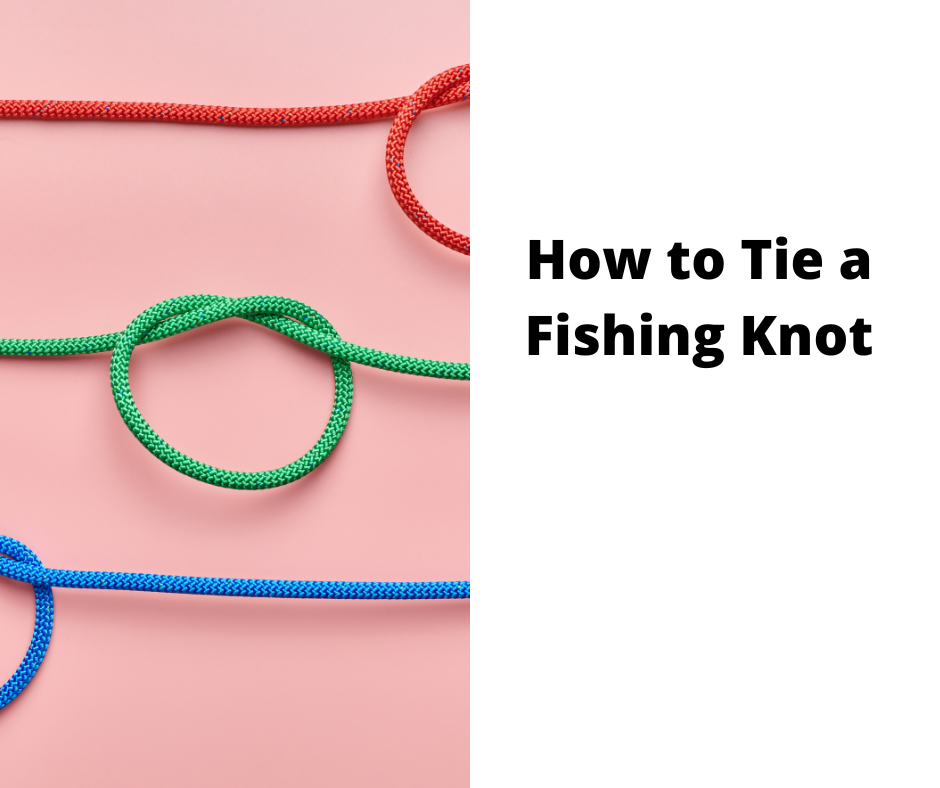
Fishing Knot Tying Tutorial – Trying to fish from a boat but unsure about how to tie knots? You’ve stumbled upon the ideal guide. This tutorial will walk you through how to tie the snell knot, improved clinch knot, haywire twist, and Berkley braid knots. Mastering these knots is crucial for securing your line to the fish. Follow these instructions, and you’ll become proficient at knot tying for your next fishing trip.
Snell Knot
A snell fishing knot is a strong yet delicate knot often used to attach hooks to the line. It can be used to attach circle hooks to leader lines. It can also be tied with a Uni Snell knot to secure live baits or heavy leaders. A Snell knot can be linked with no glue or thread. Read on to learn how to tie a snell knot.
To tie a snell fishing knot, hold the tag end of your fishing line on the shank of your hook. Wrap the leader line seven to eight times around the hook shank. Pull the string taut until the knot is secure. This step should be repeated as many times as the number of wraps in your fishing line. The remaining cord should be wrapped around the eye of the hook. Once you have tied the knot, pull on your tag end and standing line to tighten the loop.
Improved Clinch Knot
When you tie an improved clinch knot, it’s essential to know the proper technique. This knot should be tied tight with plenty of twists to keep it from undone. The knot will not stay on the fish if your line is too limp. The tag end of the line should be passed through the large loop before tying the knot. After tying the knot, keep the tag end pliable by using a ChapStick.
If you try to tie an improved clinch knot, you’ll want to avoid using a thin, limp braid. The latter is too slippery and will not hold turns well or bite down. Instead, use a thicker braid to tie an improved clinch. Be sure to leave about five or six inches of tag end. You may want to connect two or three loops in your line before tying them together.
Hay Wire Twist
The Haywire Twist is a fishing knot that ties a wire leader to a hook. It is an ideal choice for rigid single-strand wire, but it is unsuitable for flexible wire. A more flexible wire can be wrapped using a standard knot. Begin by passing the wire through the eye of the hook, bend it back, and make a half-circle of the standing part of the wire. Next, twist the tag end of the wire five times around the wire, ensuring that it is at an angle to the standing part. After that, make three barrel coils around the wire.
The Haywire Twist is a standard for tying a loop in the single-strand wire. Use it to create a loop in a leader or twist it directly to the hook or lure. It has become the go-to knot for fishing lines, and a simple pair of pliers will do. This knot is easy to learn and can lead to work-from-home job prospects.
Berkley Braid Knot
The Berkley braid fishing knot is a simple yet effective method for tying your line. This type of fishing knot is similar to the San Diego Jam knot but has several additional features. The Berkley braid knot is secure because it is tied with a double loop. After placing the double loop through the hook, you need to double back parallel to your tag end and existing line. Then, make eight wraps around the standing line. This method leaves a quarter-inch gap in the middle.
You can read the tips below if you want to tie a Berkley braid fishing line. This knot was created especially for braided lines but worked well on monofilament and fluorocarbon fishing lines. It is the winner of the Knot Wars, and it has a few disadvantages. Another good option is the Eugene Bend, also known as the Eugene Slip Knot. It is suitable for fishing monofilament and fluorocarbon lines but can produce a slight pop when drawn tight.
Trilene Knot
The Trilene Knot is a versatile fishing knot that can be tied with braided line and monofilament. The Trilene knot is easy to connect but can be improved. One easy step before cinching down the line is to pass the tag end through the loop created when double-looping the line. Once the tag end is through the eye of the hook, pass it through the remaining loops and tighten. Once tight, trim the tag end.
The Trilene knot is similar to the knot used for monofilament and fluoro. The most significant difference between the two is the smoothness of monofilament compared to fluorocarbon and braid. The knot requires 7-10 wraps around the line. Once tied properly, a Trilene knot will stay tight and not come undone, even when the line is wet or slippery. If you have a few tips in your mind, this knot will serve you well.
Berkley Braid
The Berkley Braid Knot is the strongest braid fishing knot among the most common types of fishing knots. Berkley developed this fishing knot to retain the braided line’s strength without letting it slip out of the knot. This fishing knot can tie hooks, lures, or jigheads to the fishing line. Once the fishing line has been braided, tighten the double loop between the eye and the tag end. Leave about a quarter-inch of the line at the end of the braid.
Before you tie the Berkley Braid Fishing Knot, ensure that your fishing line is strong enough. Otherwise, you’ll run into trouble while trying to tie this knot. The braid tag end should be on one side of the line. Once you’ve made a loop with your braid, take the tag end and wrap it around the line. Make sure to apply the proper pressure to the knot.
Conclusion
The three most common knots for fishing are the Haywire Twist, Berkley Braid Knot, and Trilene knot. The Haywire Twist is a knot that is easy to learn and can be used with single-strand wire. The Berkley Braid Knot is versatile and can be tied with braided line and monofilament. The Trilene Knot is a strong knot that can be tied with a braided line and monofilament.
Phil loves fishing. He started fishing with his grandpa behind the house in the early morning when he was a kid. Phil is now the Editor-in-Chief of Fishing Eureka, and he still enjoys getting up before dawn to wet a line. There’s nothing like the peace and quiet of being out on the water at sunrise, and Phil always takes advantage of every opportunity he gets to spend time fishing.
-
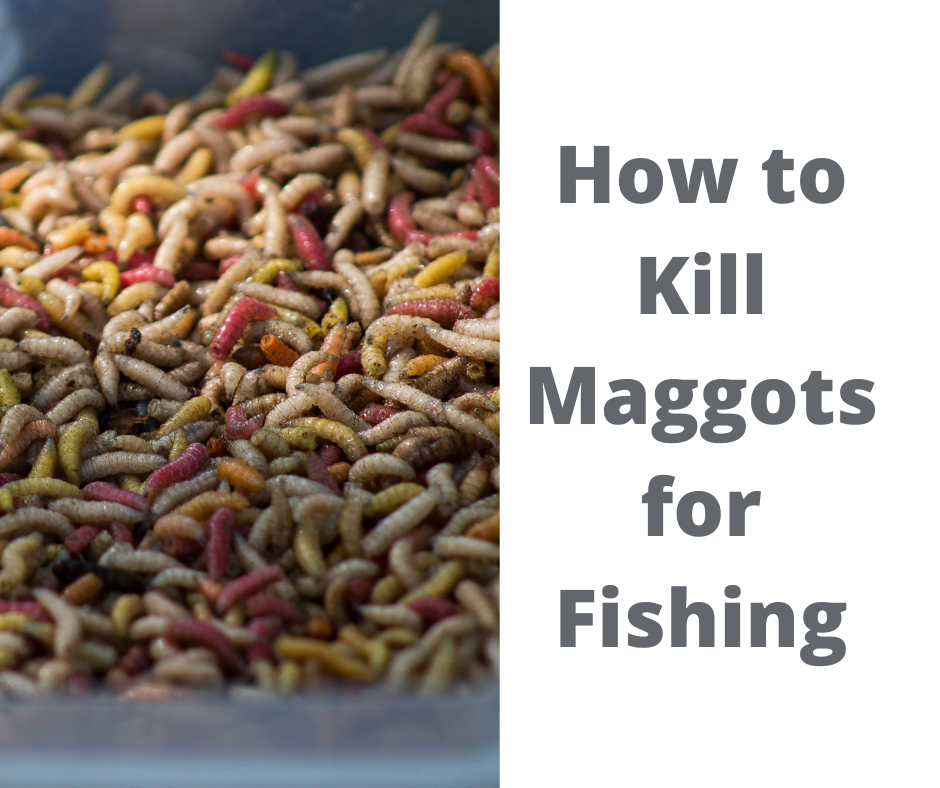
 Beginners Guides4 weeks ago
Beginners Guides4 weeks agoHow to Kill Maggots for Fishing: What’s the Best Way to Kill Maggots?
-

 Beginners Guides4 weeks ago
Beginners Guides4 weeks agoHow to Tie Two Fishing Lines Together
-

 Beginners Guides4 weeks ago
Beginners Guides4 weeks agoWhat is Magnet Fishing?
-

 Cooking4 weeks ago
Cooking4 weeks agoGrilled Yellowfin Tuna Recipe: A Delicious, Nutritious Meal
-

 Carp Fishing4 weeks ago
Carp Fishing4 weeks agoCircle Hooks, Barbless: The Answer to the Parrot Mouth Carp Problem?
-
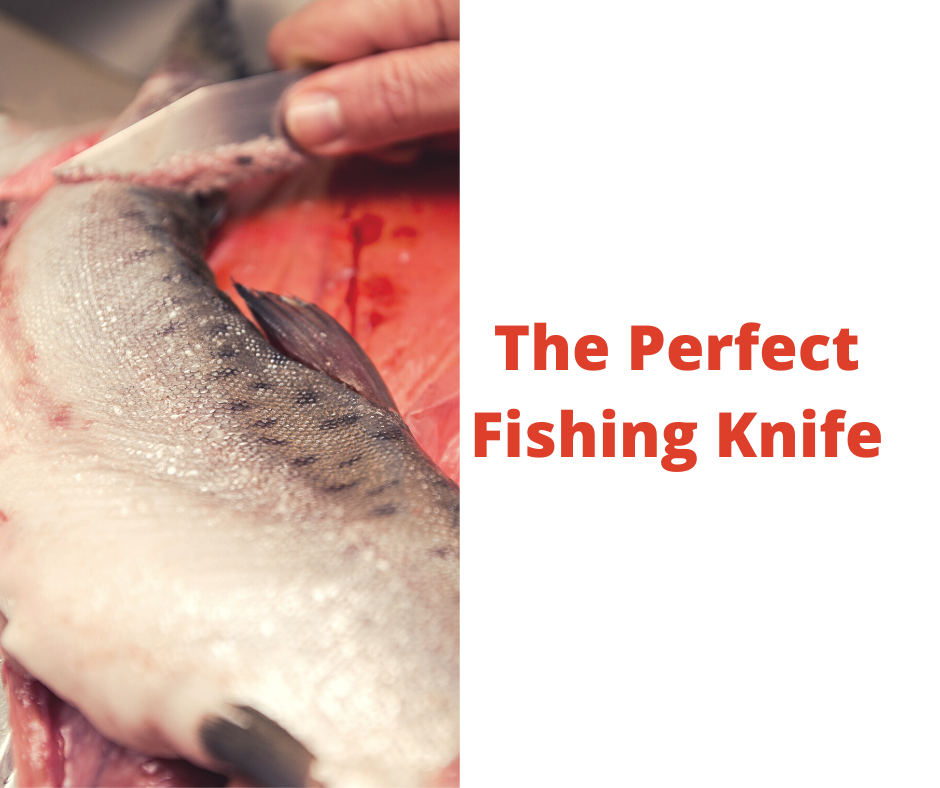
 Beginners Guides4 weeks ago
Beginners Guides4 weeks agoThe Perfect Fishing Knife: What to Look for in an All-in-One Seafood Knife
-
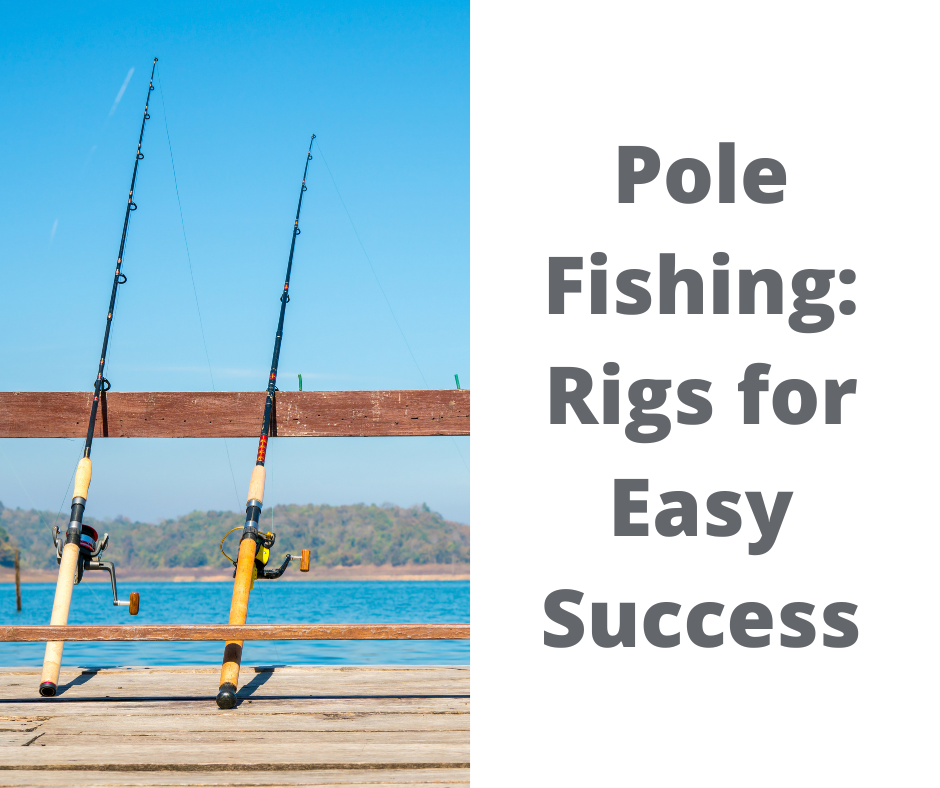
 Pole Fishing4 weeks ago
Pole Fishing4 weeks agoPole Fishing: Rigs for Easy Success
-
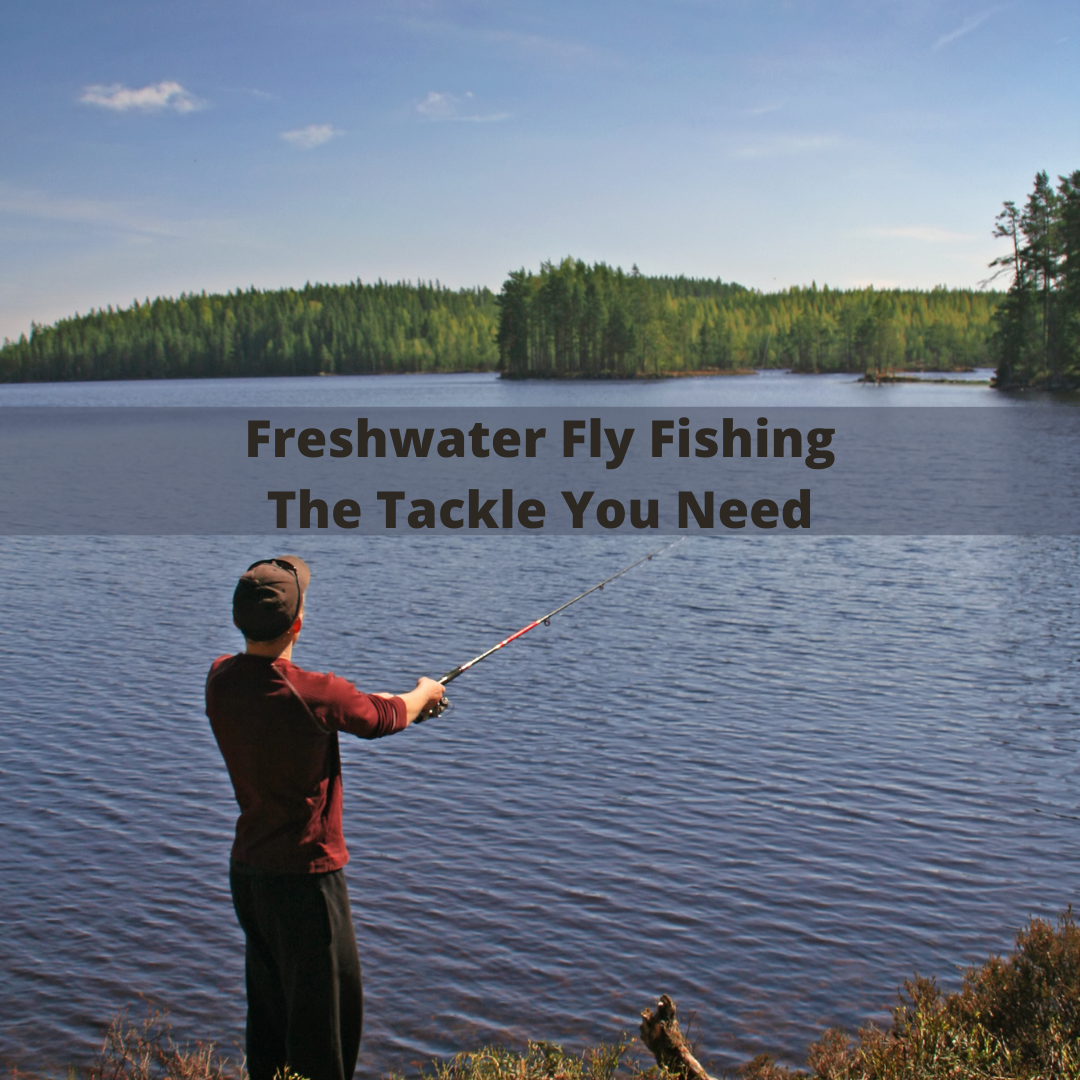
 Beginners Guides4 weeks ago
Beginners Guides4 weeks agoFreshwater Float Fishing: The Tackle You Need








